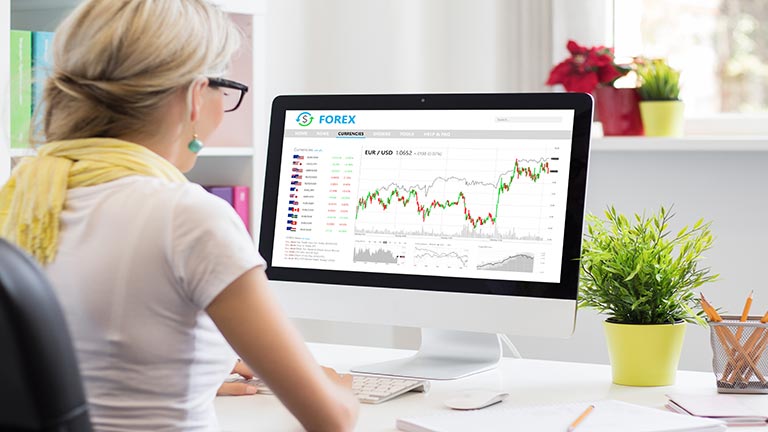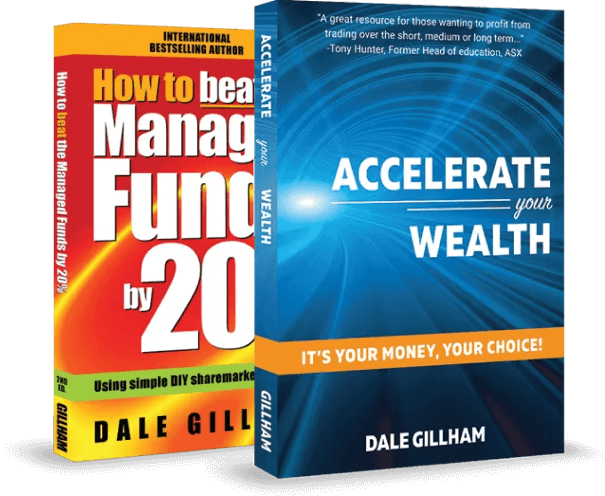Australia’s Housing Shock: What CBA Just Revealed

By Dale Gillham and Fil Tortevski
Commonwealth Bank CEO Matt Comyn made headlines this week after urging Canberra to slash migration to around 180,000 a year. That single comment dominated the news cycle, sparked political backlash, and drowned out everything else he said. Yet the real warning wasn’t about immigration; it was the underlying message that almost no one paid attention to, as he quietly signalled that Australia’s housing and credit system is under far more strain than most people realise.
On the surface, he framed the suggestion to ease pressure on housing and infrastructure, which sounded reasonable and even responsible. Yet, if you look deeper, his intent becomes unmistakable. This wasn’t a plea for affordability or national harmony; it was the CEO of Australia’s biggest mortgage lender hinting that the entire system is starting to crack.
Rising pressure in the housing market
CBA sees what most people don’t: runaway home-loan demand, house prices accelerating at full speed, and a credit growth rate so strong that even Comyn said it is now “higher than policymakers might be comfortable with.” When the man whose profits depend on mortgages starts waving the cautionary flag, it’s as close as you’ll ever get to an economic confession.
We all know that banks love higher house prices as they inflate loan books and keep earnings flowing. But on the flip side, they also fear them because, as prices rise, households become more stretched, which makes the mortgage market more fragile. As borrowers move too close to the edge, a single economic wobble can turn a healthy loan book into a dangerous one.
The real message from the head of CBA
Competition is tightening the noose even further. Smaller lenders and non-bank financiers are aggressively loosening standards to win market share. The big banks know this and feel the pressure, but they don’t want to be dragged into a race to the bottom.
Comyn’s migration comments weren’t about compassion; they were about control. Control of housing demand, credit growth, and a system drifting beyond the banks’ comfort zone. If prices keep exploding, the major banks will face political heat on one side and competitive pressure on the other, while risk quietly builds beneath them.
What does this mean for investors?
Homebuyers shouldn’t expect affordability to appear magically. Migration may become more manageable, but demand remains sticky, housing supply is broken, and no government wants to be remembered for tanking property values. Comyn’s comments point to one conclusion: prices are unlikely to fall in any meaningful way.
That said, buyers still need to stay grounded. A market running this hot can turn fragile quickly, so stepping in without a disaster-proof plan is risky. Even strong housing cycles can crack under the weight of stretched borrowers, higher rates, or a sudden economic shock. Treat every purchase with a clear buffer, a realistic budget, and a plan for worst-case scenarios rather than assuming the market will always rise.
Investors should take note as well. Markets such as Melbourne, currently the slowest of the major cities, could turn into some of the best buying grounds. When the heat shifts and sentiment cools, lagging cities often become the most attractive opportunities.
This moment is also a reminder that financial cycles never move in straight lines. Canberra won’t save you, nor will the banks, and waiting for perfect conditions is a losing strategy. The smart move is to understand the macro forces shaping money and position yourself before the next turn, not after it happens.
What were the best and worst-performing sectors last week?
The best-performing sectors included Consumer Staples, up 0.03 per cent, followed by Healthcare and Real Estate, both down 0.79 per cent. The worst performing sectors included Information Technology, down 4.07 per cent, followed by Materials, down 4.01 per cent and Utilities, down 3.76 per cent.
The best performing stocks in the ASX top 100 included Charter Hall Group, up 12.72 per cent, followed by Sonic Healthcare, up 8.30 per cent and James Hardie Industries, up 7.02 per cent. The worst-performing stocks included Technology One, down 14.01 per cent, followed by Newmont Corporation, down 8.45 per cent and Sandfire Resources, down 7.69 per cent.
What's next for the Australian stock market?
The selloff intensified earlier this week, with the All Ordinaries sliding almost 2.5 per cent and cementing what is fast becoming one of the strangest Novembers in recent memory. At this rate, unless buyers step in, November is on track to be the worst since 2008, which is a comparison no investor expects to hear heading into year-end.
What stands out most is just how quickly the gains of the past few months have been erased. The index has now given back everything it built since July, despite ricocheting between extremes all year. We’ve seen a 16 per cent plunge from February into the April low, followed by a powerful 28 per cent surge to fresh all-time highs, only for the market to circle almost right back to where it began. Amazingly, the index now sits just over 1 per cent below its opening level for the year.
This kind of back-and-forth is classic whiplash, showing the hallmark of a market searching for direction. It’s also a reminder that in conditions like these, “set and forget” simply doesn’t cut it. Volatility demands attention.
Looking ahead, the 8600 level is the one to watch. If buyers defend it, the market has a clear path to rebound toward 9000, especially if December delivers its usual year-end resilience. But if 8600 breaks, a slide toward 8500 is likely, which also ties in neatly with the long-term uptrend that’s been in place since the March 2020 recovery.
In times like these, context matters. This pullback was overdue, and the index is now returning to a more sustainable rise. The real opportunity lies in preparing for the sentiment snapback, because once momentum turns, this market has shown it can rebound quickly.
For now, good luck and good trading.
Dale Gillham is the Chief Analyst at Wealth Within and the international bestselling author of How to Beat the Managed Funds by 20%. He is also the author of the award-winning book Accelerate Your Wealth—It’s Your Money, Your Choice, which is available in all good bookstores and online.
How Wealth Within helps you trade with confidence
At Wealth Within, we believe education is the foundation of confident, profitable investing. Whether you’re new to the markets or ready to refine advanced techniques, our Trading courses are designed to give you the skills to succeed.
Beginners to seasoned traders wanting to take more profit from the market can learn to trade shares safely with structured strategies.
Our government‑accredited Diploma of Share Trading and Investment teaches a proven five‑step approach to managing risk, timing entries, and maximising profits.
To see market commentary in action, our Hot Stock Tips videos, ASX video library delivers weekly insights on the latest opportunities.
To understand why thousands of Australians trust us, read more About Wealth Within.






